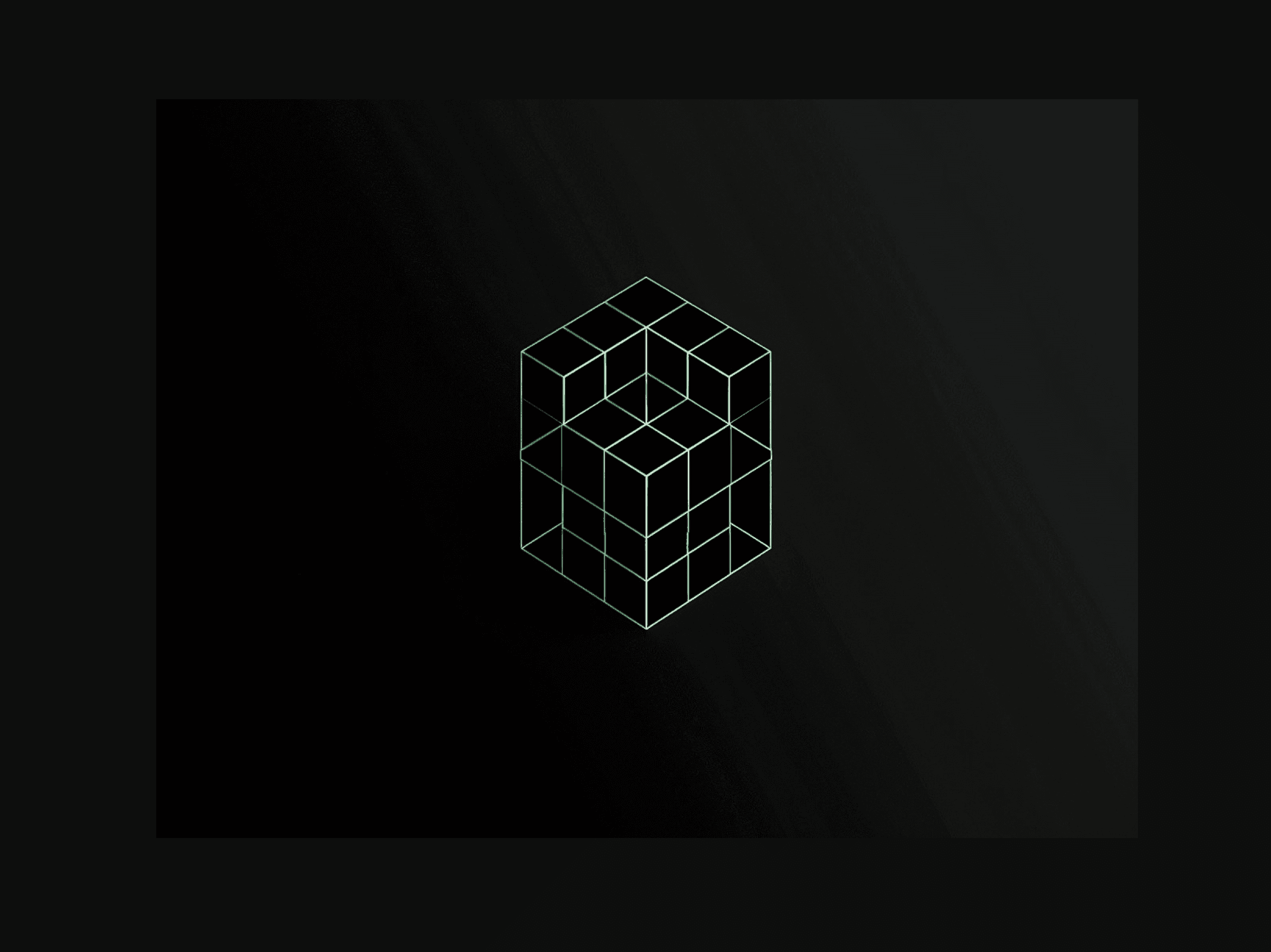In the dynamic and ever-evolving landscape of SaaS (Software as a Service), businesses are constantly seeking innovative strategies to drive growth and ensure customer satisfaction. One such transformative approach is Product-Led Growth (PLG), a model that places the product itself at the forefront of customer acquisition, retention, and expansion. In this comprehensive guide, we'll explore the essence of PLG SaaS, delve into its benefits, and provide actionable insights to help you implement this strategy effectively. Along the way, we'll highlight real-world examples and debunk common myths surrounding product-led growth.
Understanding PLG SaaS: Product-Led Growth
Product-Led Growth (PLG) is a business methodology where the product itself is the primary driver of user acquisition, retention, and expansion. This approach, known as the product-led growth model, prioritizes user success over revenue growth by offering free trials or freemium versions of the product, engaging users with the value proposition before monetization, and leveraging product usage data and customer insights to guide product development. Unlike traditional sales-led or marketing-led approaches, PLG focuses on delivering exceptional user experiences that naturally convert users into paying customers. In essence, the product is the most effective marketing and sales tool.
Key Principles of PLG
User-Centric Design: PLG SaaS products are designed with the end-user in mind, prioritizing ease of use, intuitive interfaces, and seamless onboarding experiences. Product-led growth serves as a go-to-market strategy by driving acquisition, activation, conversion, and retention through the product itself, without relying heavily on traditional sales and marketing approaches.
Freemium and Trial Models: Offering free trials or freemium versions allows users to experience the product’s value before committing to a purchase.
Data-Driven Insights: Continuous monitoring and analysis of user behavior and feedback drive product improvements and feature enhancements.
Viral Growth Loops: Features that encourage users to invite others, share content, or collaborate within the product, driving organic growth.
The Rise of Product-Led Growth in SaaS
The shift toward PLG in the SaaS industry is driven by changing customer expectations and the need for scalable growth strategies. PLG companies benefit from higher revenue growth, gross margin, net dollar retention, implied ARR, and better performance post-IPO. Modern users prefer to try products before making purchasing decisions, and they value self-service options over traditional sales pitches. This shift has led to the rise of PLG as a dominant growth strategy in the SaaS sector.
Benefits of PLG for SaaS Companies
Lower Customer Acquisition Costs (CAC): By leveraging the product as the primary acquisition tool, companies can reduce reliance on expensive marketing and sales campaigns.
Higher Conversion Rates: Users who have experienced the product’s value firsthand are more likely to convert into paying customers.
Improved Retention and Expansion: Continuous product engagement and satisfaction lead to higher retention rates and increased opportunities for upselling and cross-selling.
Scalability: PLG models can scale more efficiently as they rely on organic growth and user-driven referrals.
Customer Lifetime Value (CLV): Understanding customer lifetime value is crucial for pinpointing high-value customer groups and developing cost-effective acquisition and retention strategies. For a product-led growth strategy to be successful, CLV must be higher than the cost to acquire a customer.
Implementing PLG in Your SaaS Business
Transitioning to a PLG strategy requires a thoughtful approach and a commitment to continuous improvement. A product-led strategy is crucial as it focuses on user acquisition, expansion, conversion, and retention driven primarily by the product itself. Here are key steps to successfully implement PLG in your SaaS business:
1. Develop a User-Centric Product
The foundation of PLG is a product that resonates with users. Customer success plays a crucial role in this by aligning product development with the goal of helping customers achieve their desired outcomes. Invest in user research, gather feedback, and prioritize features that enhance user experiences. Tools like Smartlook can help you analyze user behavior and identify pain points to address.
2. Offer Freemium or Free Trials
Allow users to experience your product’s value without financial commitment. Expansion revenue, generated from existing customers through upsells, add-ons, and cross-sells, is critical for SaaS business growth. Freemium models or time-limited free trials can attract a broad audience and provide valuable insights into user engagement.
3. Focus on Seamless Onboarding
A smooth onboarding process is crucial for user retention. Customer success teams play a vital role in this process by guiding new users and ensuring they quickly understand and experience the core value of your product. Ensure that new users can quickly understand and experience the core value of your product. Interactive tutorials, in-app guides, and personalized onboarding sequences can make a significant difference.
4. Leverage Data-Driven Insights
Utilize analytics tools to monitor user behavior, track key metrics, and identify areas for improvement. The marketing team plays a crucial role in leveraging data-driven insights to integrate product usage data into their strategy, creating a demand flywheel and prioritizing user success. Data-driven decision-making is essential for refining your product and enhancing user experiences.
5. Create Viral Growth Loops
Incorporate features that encourage users to invite others, share content, or collaborate within your product. Existing customers play a crucial role in driving viral growth by generating revenue through upsells, add-ons, and cross-sells. Referral programs, social sharing options, and collaborative tools can drive organic growth.
6. Continuously Iterate and Improve
PLG is an ongoing process of iteration and improvement. Unlike sales-led growth, which relies heavily on a sales team for customer acquisition and retention, product-led growth minimizes this reliance by prioritizing the product itself. Regularly update your product based on user feedback, market trends, and competitive analysis. Agile development practices can help you respond quickly to changing user needs.
Real-World Examples of PLG Success
Several SaaS companies have successfully implemented PLG strategies, demonstrating the effectiveness of this approach. Unlike sales-led companies, which rely on a strong sales team to drive revenue through direct sales and personal assistance, PLG companies focus on product-driven growth to enhance acquisition, engagement, retention, and financial productivity. Here are a few notable examples:
Slack
Slack, a collaboration and communication platform, is a prime example of PLG. By offering a freemium model, Slack allows teams to experience the product's value before upgrading to paid plans. The intuitive interface, seamless onboarding, and collaborative features have driven rapid adoption and organic growth.
Dropbox
Dropbox leverages a freemium model and viral growth loops to expand its user base. The platform's ease of use, coupled with features like file sharing and collaboration, encourages users to invite others, fueling exponential growth.
Zoom
Zoom, a video conferencing solution gained widespread popularity through a freemium model that provides users with essential features for free. The product's reliability, user-friendly interface, and viral growth mechanisms have made it a leader in the video conferencing space.
Debunking Myths About Product-Led Growth
Despite its growing popularity, several myths and misconceptions surround PLG. One common misconception is that product-led growth eliminates the need for a sales team, unlike sales-led growth, which relies heavily on direct sales to drive revenue. Let’s address some of the most common ones:
Myth 1: PLG Eliminates the Need for Sales Teams
While PLG reduces the reliance on traditional sales methods, it doesn’t eliminate the need for sales teams altogether. The shift from traditional sales-led growth to product-led growth focuses on creating self-service customer journeys and allowing users to become buyers within the product itself, without the need for sales reps. Sales teams can still play a crucial role in closing deals, especially for enterprise customers or complex solutions. In a hybrid model, sales and product-led strategies can complement each other effectively.
Myth 2: PLG is Only for Small Companies
PLG is scalable and can be implemented by companies of all sizes. Many large enterprises, such as Atlassian and HubSpot, have successfully adopted PLG strategies to drive growth and enhance user experiences.
Myth 3: PLG is a One-Size-Fits-All Solution
PLG should be tailored to your specific product and target audience. What works for one company may not work for another. Continuous experimentation and iteration are key to finding the right approach for your business.
Conclusion
Product-Led Growth (PLG) is revolutionizing the SaaS industry by placing the product at the center of customer acquisition, retention, and expansion. By focusing on user-centric design, leveraging freemium models, and continuously iterating based on data-driven insights, SaaS companies can achieve sustainable growth and customer satisfaction.
Embrace the principles of PLG and unlock the full potential of your SaaS business. With the right strategies and a commitment to excellence, you can create a product that not only meets but exceeds user expectations, driving growth and success in the competitive SaaS landscape.
By understanding and implementing PLG, SaaS companies can navigate the complexities of modern business with a user-first approach, ensuring long-term success and customer loyalty.




